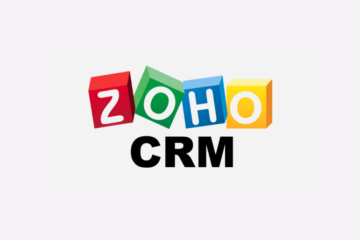
After purchasing their web assets and getting their WordPress website installed, this week students begin two parallel paths of getting ready for their campaign kickoff. One of these paths includes three weeks of website setup to be completed outside of class. The second path is three weeks of content planning that takes place in-class.
Website setup takes place over three weeks and is broken up into two major operations. This week is designed for the mechanical setup of their website. Using the Higher Education courseware, students use step-by-step instructions that include screenshots to help them build the mechanics of their website, which usually takes about 5-6 hours. Website functionality is the foundation for inbound marketing techniques, so students must make sure all WordPress settings are properly set, including permalink formats, navigation links, security features, spam blockers, page editors, survey formats, etc. Next, students install and test additional required third-party applications called plugins, including Google Analytics’ new GA4 data stream with goal funnel tracking, MailChimp email marketing services, Ninja Forms online survey tool, and other plugins to enhance search engine optimization (Yoast SEO), landing page block editing (Elementor), social media posting (CoSchedule), and data collecting (Zoho CRM). All these plugins are free and used for their plug-and-play capabilities. At the end of this week, students begin testing their website functionality through Google Analytics to confirm proper setup. Once the mechanical setup is complete, students press forward into their aesthetic design instructions to help them give their website the look and feel they envision for their project.
At the same time students are working on the mechanical instruction set outside of class, inside of class we discuss content design and planning. Over the next three weeks before their campaign kickoff, we discuss digital segmentation, targeting, and positioning (STP) using our original Content Matrix. This content tool assists in deciding on multiple target markets, serialized buckets of content, and proper social media channels. Once students have identified these pieces of their content plan, they will use the content matrix formula in coming weeks to build a rolling 45-day editorial calendar. This calendar will prepare them for the entire 8-week campaign, scheduling publication dates for content. Specifically for this week, students identify at least three different target markets potentially interested in their content. Using class examples to demonstrate this selection process, students write a memo to identify these target markets and use descriptive language to differentiate between them. To learn more about the specific web applications and assets students create using the Digital Engine, check out our free demo.




0 Comments